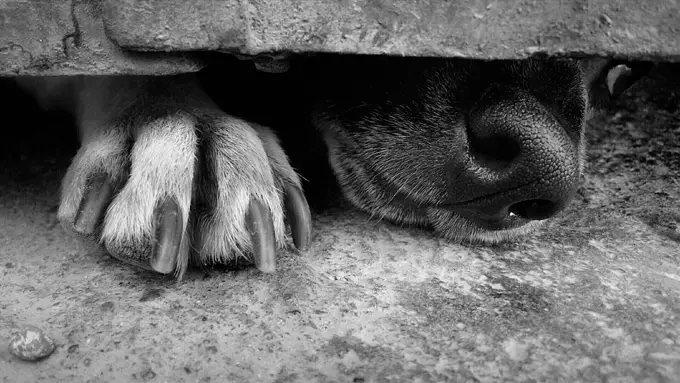Regular nail trimming is crucial for your dog’s overall health, yet it can sometimes come with unintended consequences, such as bleeding. This can happen especially if the dog’s nails are clipped too short, exposing the quick, which is the sensitive part containing blood vessels and nerves. Proper nail maintenance not only keeps your pet comfortable but also prevents possible injuries from overly long nails. Understanding how to manage common issues that arise during nail clipping can save you stress and ensure your dog stays healthy.
Immediate Steps to Control Bleeding
If you find yourself facing the scenario where your dog’s toenail is bleeding, quick action is paramount. The first line of defense is to utilize styptic powder, a staple in any pet first aid kit. This powder is specifically designed to halt bleeding quickly. If you don’t have styptic powder on hand, there are practical alternatives you can implement. Applying direct pressure with a clean cloth to the affected area for at least five minutes can effectively control bleeding.
In lieu of these, household items like flour, cornstarch, or even a bar of soap can serve as makeshift solutions. Pressing flour or cornstarch into the bleeding nail can help absorb the blood and encourage clotting. Often, these methods can effectively stop the bleeding without needing veterinary care.
Once the bleeding has been controlled, it’s essential to encourage proper healing. Allow the area to clot thoroughly—typically for a day—before moving to the next step. Soaking the affected paw in a warm saline solution for about five minutes multiple times a day can promote healing and reduce the chance of infection. This soothes the area while also cleaning away any debris.
While monitoring for healing, be vigilant for signs of possible infection. Symptoms like swelling, persistent pain, or your dog showing a reluctance to put weight on the affected paw can be indicators of an underlying issue. If you notice any of these signs or if the bleeding resumes, seeking prompt veterinary attention is strongly recommended.
To prevent future incidents, consider integrating regular nail care into your dog’s grooming routine. Utilizing proper tools, such as dog nail clippers designed to safely navigate through thick nails, can minimize the risk of damaging the quick. Additionally, getting familiar with your dog’s nail anatomy will help you recognize where the quick is situated for successful clipping.
If you find nail trimming particularly stressful for yourself or your pet, consider enlisting the help of a professional groomer or veterinarian. They can perform the task with expertise, reducing the instance of accidents. Remember, maintaining your dog’s nails is integral to their health and well-being. By being diligent and informed, you can ensure a safer and more comfortable experience for both you and your furry friend.

